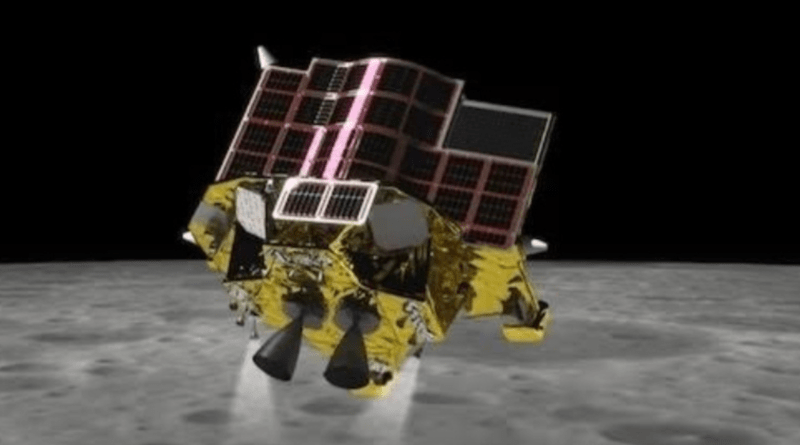See the Just Arrived Research: Japan’s SLIM Is Found To Be Guided By India’s Chandrayan-2.
The orbiter of the Chandrayaan-2 mission is still in operation and is hovering over the lunar surface, despite the mission being declared a partial success. It has aided Japan’s SLIM in image collection and landing site selection.
The Chandrayaan-2 mission of the Indian Space Research Organisation (ISRO) gave Japan’s Smart Lander for Investigating Moon (SLIM) important information that enabled it to settle on the Moon on Saturday.
Even though the Chandrayaan-2 mission was only partially successful because it was unable to land on the moon, its orbiter is still in service and is currently hovering over the moon.
This aided in the imagery collection and spacecraft landing site selection process for Japan’s SLIM. For mapping reasons, the Chandrayaan-1 circled the moon at a height of 100 kilometers.
In a different development, the US space agency said on January 24 that a NASA spacecraft, a laser instrument orbiting the Moon, had successfully ping the Vikram lander of India’s Chandrayaan-3 mission.
Joint ISRO-JAXA mission:
The Japan Aerospace Exploration Agency (JAXA) and ISRO will work together on the LUPEX project, which is an India-Japan joint venture. However, JAXA already benefited from ISRO’s experiences prior to the two organizations working together.
SLIM mission:
On December 25, SLIM entered lunar orbit following a months-long trip. It was intended to land precisely within 100 meters of the intended location.
According to the most recent images, it toppled over, preventing its solar panel from charging. According to specifics, the front of the SLIM is seen sitting on lunar ground, with its solar panels regrettably blocked, preventing the creation of solar electricity. Scientists at JAXA stated that they would evaluate what went wrong with the landing in a few months.




